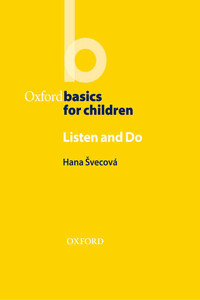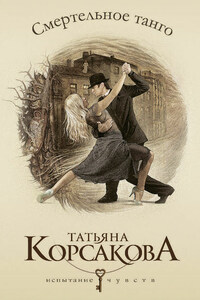Oxford Basics series
Introduction to Teaching English
Presenting New Language
Simple Listening Activities
Simple Writing Activities
Simple Reading Activities
Simple Speaking Activities
Classroom English
Intercultural Activities
Teaching Grammar
Cross-curricular Activities
Activities Using Resources
Oxford Basics for Children series
Vocabulary Activities
Storytelling
See the Oxford University Press ELT website at http://www.oup.com/elt for further details.http://www.oup.com/elt for further details.
Great Clarendon Street, Oxford OX2 6DP
Oxford University Press is a department of the University of Oxford. It furthers the University’s objective of excellence in research, scholarship, and education by publishing worldwide in
Oxford New York
Auckland Cape Town Dar es Salaam Hong Kong Karachi Kuala Lumpur Madrid Melbourne Mexico City Nairobi New Delhi Shanghai Taipei Toronto
With offices in
Argentina Austria Brazil Chile Czech Republic France Greece Guatemala Hungary Italy Japan South Korea Poland Portugal Singapore Switzerland Thailand Turkey Ukraine Vietnam
OXFORD and OXFORD ENGLISH are registered trade marks of
Oxford University Press in the UK and in certain other countries
© Oxford University Press 2006
The moral rights of the author have been asserted
Database right Oxford University Press (maker)
First published 2006
2011 2010 2009 2008 2007
10 9 8 7 6 5 4 3 2
All rights reserved. No part of this publication may be reproduced, stored in a retrieval system, or transmitted, in any form or by any means, without the prior permission in writing of Oxford University Press, or as expressly permitted by law, or under terms agreed with the appropriate reprographics rights organization. Enquiries concerning reproduction outside the scope of the above should be sent to the ELT Rights Department, Oxford University Press, at the address above You must not circulate this book in any other binding or cover and you must impose this same condition on any acquirer
Photocopying
The Publisher grants permission for the photocopying of those pages marked ‘photocopiable’ according to the following conditions. Individual purchasers may make copies for their own use or for use by classes that they teach. School purchasers may make copies for use by staff and students, but this permission does not extend to additional schools or branches
Under no circumstances may any part of this book be photocopied for resale
Any websites referred to in this publication are in the public domain and their addresses are provided by Oxford University Press for information only. Oxford University Press disclaims any responsibility for the content
ISBN: 978 0 19 442240 6
Printed in China
Listen and Do is a collection of thirty classroom activities for children aged 4–12. The activities help learners understand language by listening to instructions and performing them. Movement and physical involvement are natural and non-threatening ways for children to learn. By listening to instructions and following them, children can develop understanding before they speak. Physical response not only activates their memory and teaches them to think in the language, but it also makes learning enjoyable, playful, and fun.
Who is the book for?
The book is a useful resource for teachers of young and very young children. It provides teaching ideas and materials for a range of ‘listen and do’ activities. The teachers can use them:
as a supplementary material to their course
as fun activities that enable learners to move and integrate movement into learning
as ice-breakers and low-anxiety activities to help learners become more confident in their contact with English
to introduce new topics in class
to practise listening skills and comprehension.
How the units are organized
Each unit starts with a short introduction to help you plan the activity. The introduction contains the following headings:
Target language: tells you what vocabulary or language is introduced or practised in the activity.
Конец ознакомительного фрагмента. Полный текст доступен на www.litres.ru









